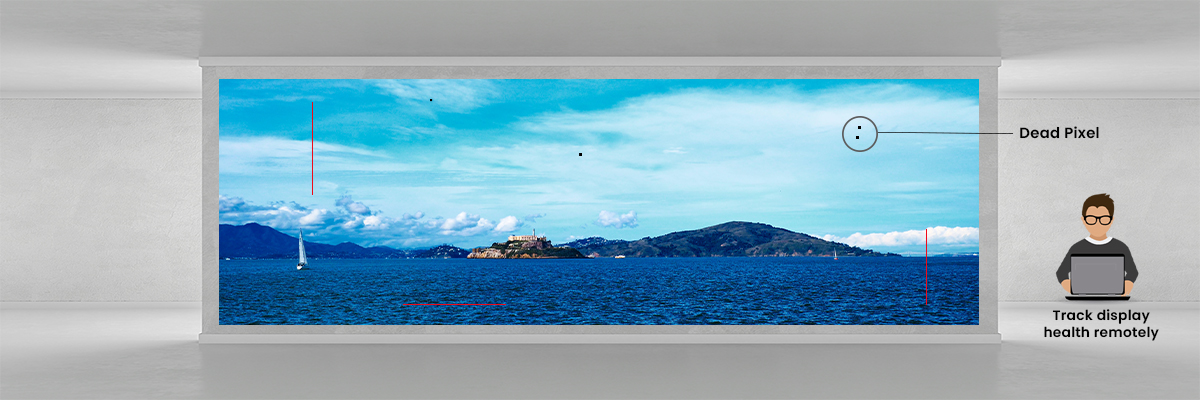Clarifying Light Emitting Diode Wall Screen Illumination Measurements aiming at Optimal Visual Functionality
Clarifying Light Emitting Diode Wall Screen Illumination Measurements aiming at Optimal Visual Functionality
Blog Article
Light Emitting Diode panel panels are more and more popular in various environments, from homes to businesses and public spaces. These panels are known for their bright as well as vibrant displays, which make them ideal for conveying information, ads, as well as engagement. Nevertheless, comprehending the illumination measurements for Light Emitting Diode panel screens remains crucial for ensuring optimal display performance. Illumination can be quantified using metrics called nits, which indicate how much luminosity produced by a screen. The higher the number of candelas, the brighter more luminous a display is. For, example, a panel with 1,000 candelas stands considerably more vivid compared to one with 500 nits, rendering it better equipped in brightly lit settings.
When choosing a Light Emitting Diode panel screen, it is important to consider which setting where that the screen will be used. For well-lit illumined spaces, like retail environments and open-air settings, a higher brightness level is necessary to guaranteeing visibility. On the other hand, within dimmer settings, like cinemas and meeting spaces, lower lower illumination rate may be adequate. This is because excessive bright unnecessary luminosity within an dim setting can result in viewer discomfort among viewers, making it harder to focus on the screen. Therefore, comprehending specific particular requirements of the installation location can help in selecting a right brightness level for optimal viewing experience.
A further crucial element for consider is the contrast proportion in an Light Emitting Diode panel screen. The contrast ratio measures the difference between the brightest most luminous light versus the darkest Read More Here black shade which a screen is able to produce. A higher contrast ratio means that the display can present greater clarity and richness, thereby enhances overall image quality. For example, one screen boasting a contrast ratio of 10,000:1 will show visuals featuring greater vivid colors and crisper features than a with a ratio at one thousand to one. Such is particularly important in instances where showing visuals or videos that require high definition as well as fine details, such as presentations or advertising material.
Moreover, the technology behind LED panel screens plays a essential part for their brightness as well as total efficiency. Different types of Light Emitting Diode methods, This Site such as OLED and Liquid Crystal Display, possess unique characteristics which impact how brightness is experienced. Organic Light Emitting Diode panels typically provide superior contrast and darker shades, which may enhance a visual experience in darker settings. Conversely, traditional LED screens may be better in bright spaces because of their ability for generate higher amounts in brightness. Understanding such technological differences will help users in deciding on informed choices according to their specific requirements.
In conclusion, consistent maintenance and adjustment for Light Emitting Diode wall panels may assist maintain optimal illumination and performance long-term. Dust and particles can accumulate in the surface, impacting the illumination as well as clarity of a display. Periodic washing and professional adjustment can ensure the the screen functions at top best, providing consistent visual quality. Moreover, certain advanced Light Emitting Diode wall panels feature with built-in options that allow operators to modify brightness settings as well as color adjustments according to individual preferences. By implementing these steps, operators can ensure the their LED panel panels provide an best visual performance, no matter the environment where which these are placed.